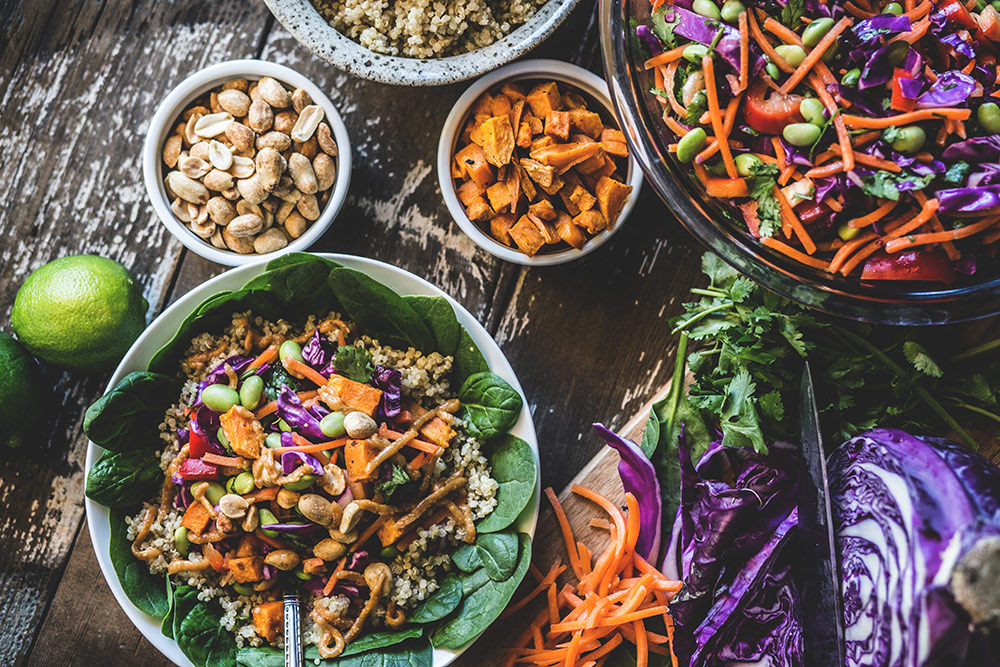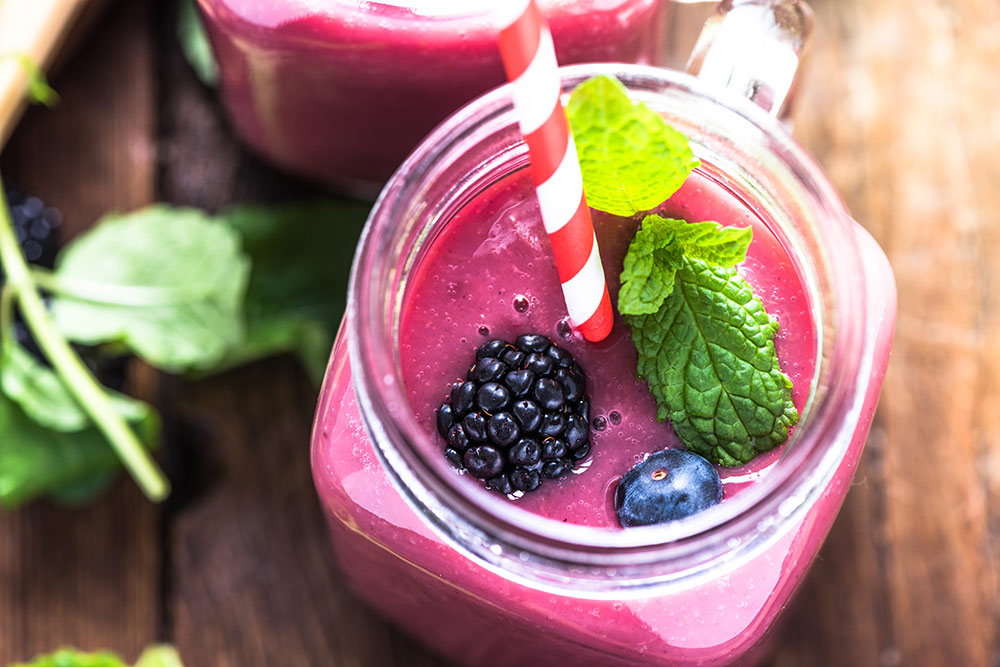Everybody-not just a growing teen or an aspiring bodybuilder–needs an ample amount of protein in their diet. It is an essential macronutrient involved in almost every body system processes, such as:
- Muscle build-up
- Keeping the bones strong
- Strengthen the immune function
- Maintains vision
- Regulates body fluid
- Balances the hormones and enzymes
- Repairing cells
Protein makes up almost every tissue of your body part, from your hair to your bones. So it is essential to replenish your body’s protein levels significantly since it gradually decreases in number as you grow and age.
Why Seniors Need More Protein
Do you notice the gradual loss of strength and muscles in your body as you turn 50 and above? That happens because your aging body cannot absorb and process protein as efficiently as before.
Therefore, you need to double your protein consumption to compensate for your body’s inability to take it in properly. If not, your muscle and bone health will become compromised, causing various diseases and accidents like fractures and fall injuries.
Other factors that contribute to older adult’s low protein reserve in the body include:
- Dealing with a chronic illness
- Under hospitalization
- Not eating an adequate amount of protein due to reduced appetite
- Dental issues or swallowing problems
- Mobility problems
- Financial matter
According to NIH (National Institutes of Health), seniors need to consume 1 to 1.3 grams of protein per kilogram of their body weight. So if you are a 150-pound woman, then you need to include about 65 to 90 grams of protein every day in your senior diet.
Start adding up the much-needed protein into your diet to increase your reserve and keep your body in top shape. Here are smart tips on how to improve your protein intake.
1. Start the Day With a High-Protein Meal
Seniors tend to consume less food due to reduced appetite and taste bud problems. Eating a high-protein breakfast ensures that you get to have plenty of protein reserves even if you eat less during lunch and dinner.
Add or replace your usual breakfast go-to meals with foods rich in protein, such as:
- Eggs
- Nuts and seeds like almonds
- Nonfat milk
- Greek yogurt
- Quinoa
- Peanut butter
- Oatmeal
You can make eggs the main entree of your senior diet breakfast since each one contains about 6 grams of protein. You can also add almonds to your morning cereal, eat peanut butter with whole-grain toast, or finish off your meal with a Greek yogurt dessert.
2. Snack on Fruits and Veggies
Besides vitamins and minerals, fruits and vegetables pack a lot of protein content inside their small stature. You can include them in each meal as a side dish or stuffing, make them the main course, or mix them up as an afternoon snack.
There are a variety of ways to consume fruits and veggies without making your taste buds bored. However, the manner you prepare them affects their nutrient content, so make sure to either steam, boil, bake, or grill them using healthy ingredients.
Some of the best dietary protein sources include edamame, lentils, beans, corn, potatoes, guavas, avocados, dried apricot, and kiwi.

3. Protein-Rich Salad
Salad, especially fresh and homemade ones, contain high amounts of vitamins, minerals, fiber, and antioxidants needed to keep your body healthy. However, most of it has little to no protein content at all.
For salad lovers, make a protein-rich version of your favorite dish by adding lean chicken breast, tuna, or salmon. Top it off with a good serving of cheese, beans, or legumes. Some of the most delectable recipes to try include:
- Barbecue chicken cobb salad
- Chopped chicken and chickpea salad
- Quinoa and kale salad
4. Eat Lean Meat
Lean meats are one of the most popular–not to mention delicious!–sources of dietary protein, which you can include in your senior diet.
Both lean (no fat) and non-lean can be a good source of protein. However, lean meats have significantly less fat than its counterpart, making it a healthier option.
Also, make sure that your meats are not processed and low in saturated fat and red meat. Some of the best meats to eat include:
- Chicken or turkey breast without the skin
- Fatty fish meat like salmon, tuna, and herring (also high in omega-3 fatty acids)
- Pork tenderloin
- An extra-lean cut of beef and lamb meat
When preparing, make sure not to add preservatives when you marinate or cure your meats. It is also vital not to char or burn them when cooking or grilling.

5. Power-up With a Smoothie
Make your meals exciting while filling your body with protein by preparing a high-protein smoothie or shake.
It is better to blend your own smoothie instead of buying ready-to-drink shakes in the market since most of them contain many additives and little to no protein.
Some of the fruits and edibles you can use to make a fresh smoothie include:
- Raspberries, blackberries, and blueberries
- Banana, pineapple, kiwi, or melon
- Add spinach, kale, and cucumber to bring a new flavor
- Protein powder (if you want) to add an extra 20 grams (one scoop) of protein
- Use Greek yogurt and almond milk (unsweetened)
- If too sweet, add some lemon
- Top it off with chia or flax seeds, almond butter, or peanut butter
You can experiment with whichever group of fruits make the best combination. Just make sure to choose ones brimming in protein to reach your recommended daily intake.
6. Whip up Some Desserts
Desserts are usually not a good component of your senior diet since it contains an excessive amount of sugar, calories, and fats.
However, you can whip up your homemade dessert to ensure that none of the harmful foods, ingredients, and chemicals would make it into the recipe.
To be safe, make sure to consult first with your doctor or nutritionist, especially if you have an underlying medical condition. Remember to only consume the right amount and in moderation.
Here are some tasty high-protein recipes to try:
- Vanilla bean with yogurt panna cotta
- Peanut butter and jelly chia pudding
- Banana and peanut butter smoothie

